13 Jul GOLD FISH – Carassius Auratus – facts info
Name and family: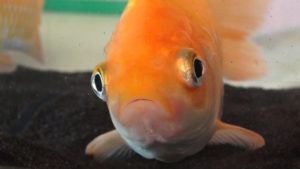
The Red Fish scientifically called Carassius Auratus but also Gold Fish or Golden Ciprino. It comes from the family of the Ciprinidae and in nature it is native to East Asia, but now its spread is really wide and we find it also in Europe.
Feature and behavior:
The original Carassius Auratus has a proportioned physical structure with a rugged, tapered body of red or yellow color. His scales are big. It is a very long fish, reaching 20/30 years of life and can live in low temperatures. With the selection there are many species creating by human, very different for colors and the shape of the eyes or body. They are, much more delicate than the classic goldfish and require different and more stringent water values:
PH: Around 7
GH: 10-16
Temperature: 22 ° to 24 ° C
More famous varieties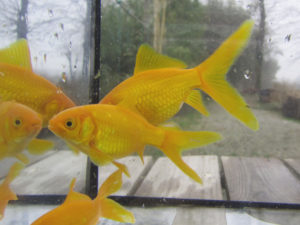 :
:
The Canary that has elongated body and yellow color.
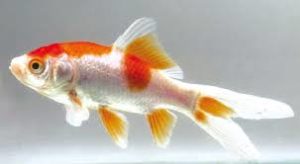 The Sarasa, taller on the back, has white and red colorings.
The Sarasa, taller on the back, has white and red colorings.
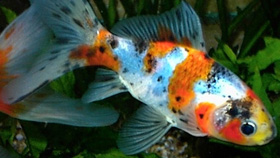 Shubunkin or Ryukin Calico that has a shorter body with red and black white spots.
Shubunkin or Ryukin Calico that has a shorter body with red and black white spots.
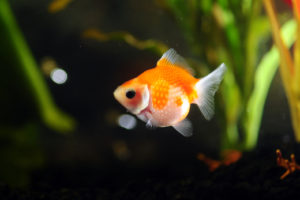 Rice Beef or Pearlscale Rice with a rough body, almost round with breathable scales.
Rice Beef or Pearlscale Rice with a rough body, almost round with breathable scales.
 The Eye Telescope with stout body and very protruding eyes.
The Eye Telescope with stout body and very protruding eyes.
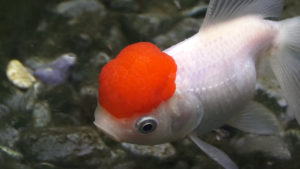 The Oranda or Lion Heads that have shortened and tattered bodies, with bumps on the head and very different colors: red, orange and white.
The Oranda or Lion Heads that have shortened and tattered bodies, with bumps on the head and very different colors: red, orange and white.
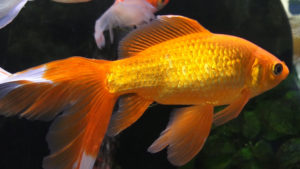 The Comet of original shape similar to the Carassius but with fins too exaggeratedly elongated.
The Comet of original shape similar to the Carassius but with fins too exaggeratedly elongated.
Fishes’s coexistence:
They are very peaceful fish and they love swimming, exploring and curious both in the tub and outside. He is very social and he lives well in the company of his kind. Its fun is to suck the gravel and find food there. This is why we do not recommend inserting into aquariums with detailed detailing.
Sexual dimorphism and breeding:
Sexual dimorphism is almost absent: only the presence of nuncial tubercles, small dots on the gills, determine the male sex. They overexpose and release the eggs on the submersible molding leaves. Eggs are immediately taken away from their voraciousness: after a few days the eggs will open.
Feeding and manteinance:
They are vegetarian omnivores: they can eat insects, salt artemies Nauplii brine shrimp, larvas, vegetables such as carrot peas and zucchini, but also granules and scales specific to Carassius.
Prezzo:
2 euro for Carassius Auratus, 10 euro for other varieties.
Maximum dimension: 30 cm for Carassius Auratus, 15 cm for others
Swimming level: total
Ideal temperature range: 5° – 30° celsius
PH range: 6- 8
GH range: 6 – 19
(For other varieties more delicate read inside the article)



 English
English Italiano
Italiano